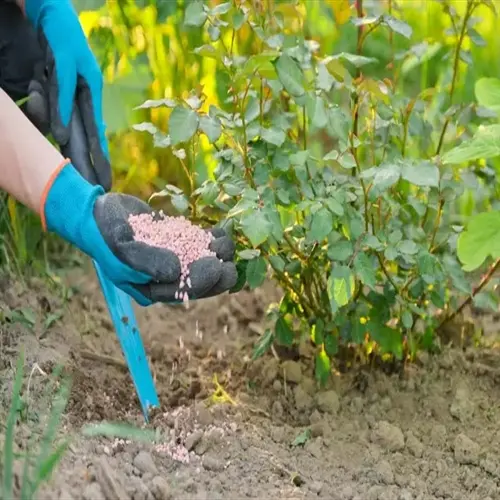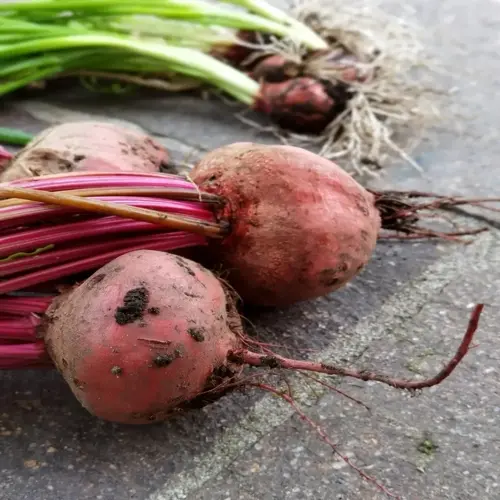How do I protect cabbage from pests naturally?

Written by
Liu Xiaohui
Reviewed by
Prof. Samuel Fitzgerald, Ph.D.Safeguarding your cabbage from pests organically protects your cabbage harvest from pesticides. The result is a composed, natural, and chemical-free ecosystem where beneficial insects control the harmful varieties. These techniques allow your cabbage plants to remain healthy and avoid instances of pesticide and herbicide residue. You can use these methods, beginning with the planting stage and continuing through to harvesting, to transform and produce pest-free cabbage.
Companion Planting
- Mint repels cabbage moths with strong scent
- Thyme deters whiteflies and aphids effectively
- Nasturtiums attract aphids away from cabbage
- Dill brings parasitic wasps that eat caterpillars
Physical Barriers
- Floating row covers block moths from laying eggs
- Install immediately after transplanting seedlings
- Secure edges with soil to prevent pest entry
- Remove during flowering for pollination if needed
Biological Controls
- Ladybugs consume up to 50 aphids daily
- Lacewing larvae devour caterpillar eggs
- Apply beneficial nematodes to soil for root pests
- Attract birds with feeders near garden
Create DIY sprays for spot pest control. Mix neem oil with water and a mild soap. Spray the undersides of leaves, where pests tend to hide. Do this in the early morning to avoid sunburn. Check the formula in small areas to see if the plant is sensitive to it. Garlic-pepper spray to deter chewing insects.
Create pest monitoring schedules. Monitor plants at dawn when caterpillars feed. Examine the undersides of leaves for the presence of eggs. Use yellow sticky traps for flying insects. Early pest identification means easier control. Healthy plants are more resilient against pests than stressed plants.
If feasible, establish habitats for beneficial insects, plant nectar-producing flowers, such as alyssum, alongside your cabbage. Ensure there are shallow sources of water. Leave some aphids in place to feed ladybugs. It is a good idea to avoid using broad-spectrum insecticides that would kill beneficial helpers. Biodiversity helps your garden remain healthy, and its defense is natural.
Rotate cabbage sites every year; as many pests, including fungi, overwinter in the soil near their host plants. Assign new bed locations for your cabbage crops. In the years after cabbage, plant non-brassica crops such as beans. This will break the pest life cycles without using chemicals. Be sure to clean the garden of debris after harvest.
Read the full article: 5 Signs When to Harvest Cabbage

